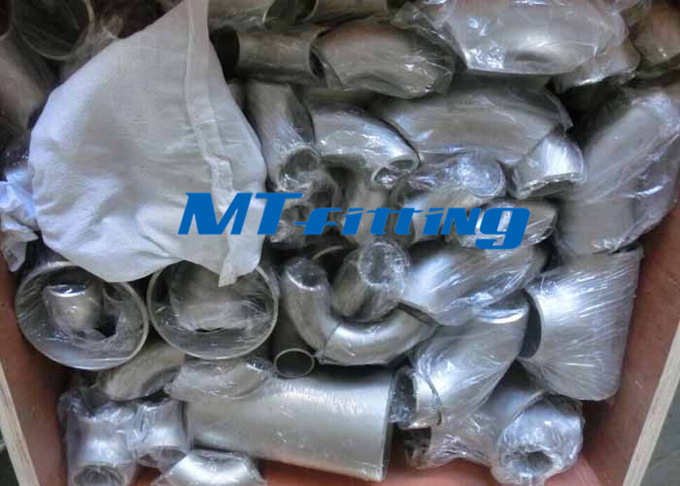A fitting is used in pipe systems to connect straight pipe or tubing sections, adapt to different sizes or shapes and for other purposes, such as regulating (or measuring) fluid flow. "Plumbing" is generally used to describe the conveyance of water, gas, or liquid waste in domestic or commercial environments; "piping" is often used to describe the high-performance (high-pressure, high-flow, high-temperature or hazardous-material) conveyance of fluids in specialized applications. "Tubing" is sometimes used for lighter-weight piping, especially that flexible enough to be supplied in coiled form.
Fittings (especially uncommon types) require money, time, materials and tools to install, and are an important part of piping and plumbingsystems.Valves are technically fittings, but are usually discussed separately.
Standard codes are followed when designing (or manufacturing) a piping system. Organizations which promulgate piping standards include:
- ASME: American Society of Mechanical Engineers
- A112.19.1 Enameled cast-iron and steel plumbing fixtures standards
- A112.19.2 Ceramic plumbing fixtures standard
- ASTM International: American Society for Testing and Materials
- API: American Petroleum Institute
- AWS: American Welding Society
- AWWA: American Water Works Association
- MSS: Manufacturers Standardization Society
- ANSI: American National Standards Institute
- NFPA: National Fire Protection Association
- EJMA: Expansion Joint Manufacturers Association
- CGA: Compressed Gas Association
Pipes must conform to the dimensional requirements of:
- ASME B36.10M: Welded and seamless wrought-steel pipe
- ASME B36.19M: Stainless-steel pipe
- ASME B31.3 2008: Process piping
- ASME B31.4 XXXX: Power piping
The B31.3 and B31.4 codes have requirements for piping found in petroleum refineries; chemical, pharmaceutical, textile, paper, semiconductor, and cryogenic plants, and related processing plants and terminals. These codes specify requirements for materials and components, design, fabrication, assembly, erection, examination, inspection and testing of piping. The codes are applicable to piping for all fluids, including raw, intermediate and finished chemicals; petroleum products; gas, steam, air and water; fluidized solids; refrigerants, and cryogenic fluids.
Material
The material with which a pipe is manufactured is often the basis for choosing a pipe. Materials used for manufacturing pipes include:
- Carbon (CS) and galvanized steel
- Impact-tested carbon steel (ITCS)
- Low-temperature carbon steel (LTCS)
- Stainless steel (SS)
- Malleable iron
- Non-ferrous metals (includes copper, inconel, incoloy and cupronickel)
- Non-metallic (includes acrylonitrile butadiene styrene (ABS), fibre-reinforced plastic (FRP), polyvinyl chloride (PVC), high-density polyethylene(HDPE) and toughened glass)
- Chrome-molybdenum (alloy) steel — Generally used for high-temperature service
The bodies of fittings for pipe and tubing are most often the same base material as the pipe or tubing connected: copper, steel, PVC, chlorinated polyvinyl chloride (CPVC) or ABS. Any material permitted by the plumbing, health, or building code (as applicable) may be used, but it must be compatible with the other materials in the system, the fluids being transported and the temperature and pressure inside (and outside) the system.Brass or bronze fittings are common in copper piping and plumbing systems. Fire hazards, earthquake resistance and other factors also influence the choice of fitting materials.



 Pусский
Pусский عربي
عربي 한국인
한국인 Español
Español Français
Français Deutsch
Deutsch Italiano
Italiano Português
Português Türk
Türk 中 文
中 文